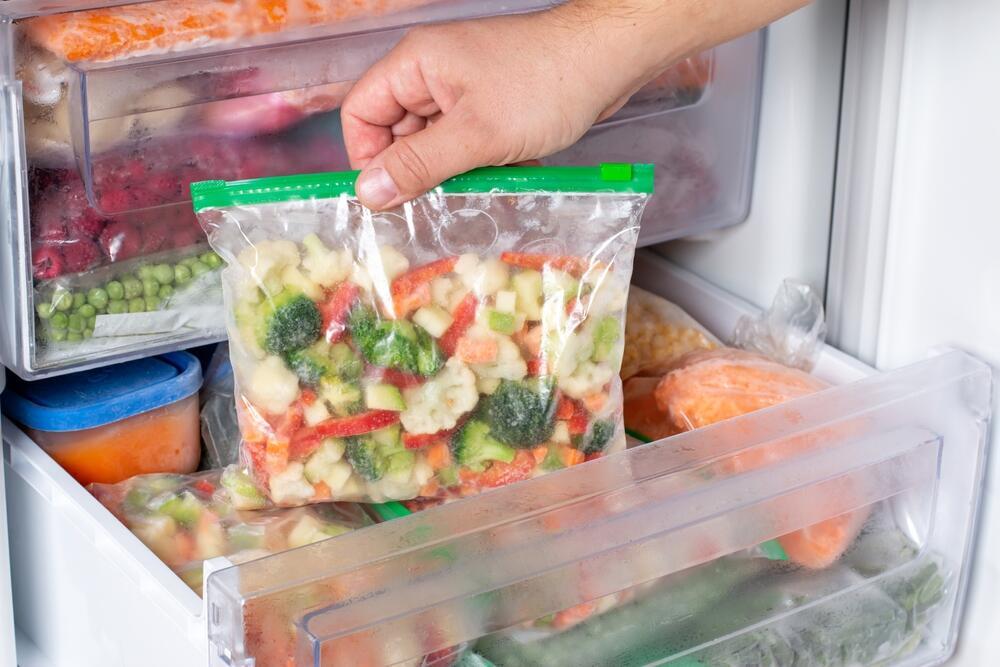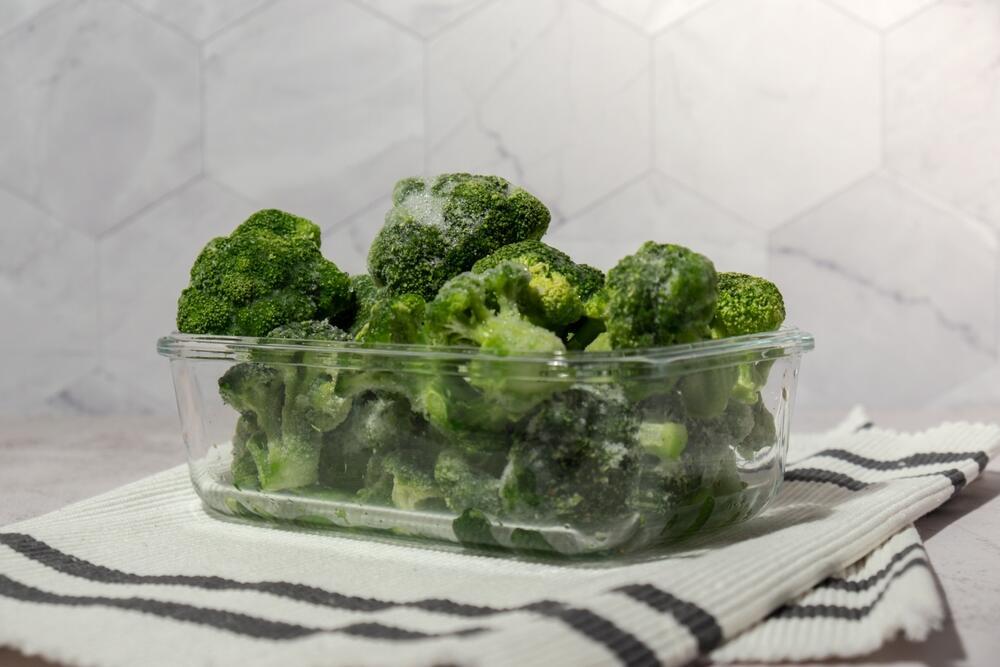Ah, the eternal conundrum of fresh versus frozen vegetables – a familiar puzzle for many culinary aficionados. On one side, there's the allure of fresh vegetables, brimming with potential but prone to rapid spoilage, even in the cool embrace of your fridge. On the flip side, we find ourselves questioning whether frozen vegetables manage to preserve their nutritional essence and match the health benefits of their fresh counterparts. It turns out not only do frozen veggies hold their own in the health and nutrition game, but they also bring to the table a low-calorie, fiber-rich punch perfect for any meal.
Frozen vegetables are every bit as nutritious as fresh ones, if not more so. They are harvested and packed at their peak freshness, ensuring that both their flavors and nutritional values remain intact. The convenience they offer is undeniable – pre-cut, washed and peeled, they are kitchen-ready and quick to prepare. Plus, you can enjoy them in their frozen glory throughout the year.
The convenience factor plays a significant role, especially for those of us leading busy lives, returning home after a long day too weary to prepare a vegetable dish. They're easy to store, stay fresh for about three months, and require minimal effort – just pop them in the microwave or oven and enjoy, with minimal dishes and waste.
Wondering how they aid in weight loss? The fibers found in vegetables add bulk to your intestines, contributing to a feeling of fullness while barely upping the caloric content of your meal. They slow sugar absorption into the bloodstream, which helps stave off the post-meal snack cravings. Plus, the act of chewing encourages slower eating and a greater sense of satiety.
A closer look
1. Broccoli: An antioxidant powerhouse
Broccoli belongs to the cruciferous family, teeming with antioxidants and bioactive compounds that help your body combat free radicals – those pesky molecules that can wreak havoc, leading to diseases like cancer, atherosclerosis and cardiovascular maladies. A cup of broccoli boasts over five grams of fiber and is a source of vitamins A, C and K, along with minerals like calcium, potassium and iron.
Serving suggestion: Try sautéing frozen broccoli florets with sesame seeds, blanching and chilling them for salads, baking with parmesan cheese, or incorporating them into quiches.
2. Cauliflower: Vitamin C richness
Cauliflower, a cousin of broccoli, shares its cancer-fighting prowess. It's low in calories and carbohydrates, with a decent fiber content to boot – perfect for weight loss. A cup of frozen cauliflower has three grams of fiber, plus antioxidants, immune-boosting vitamin C, and bone-strengthening vitamin K.
Serving suggestion: Use it in dishes like cooked cauliflower salad with tahini, tabbouleh with cauliflower, or roast it with garlic and lemon sauce.
3. Green Beans: Fiber and protein delight
Green beans have become a staple in Israeli cuisine. Their nutritional profile is closer to that of vegetables like onions, lettuce and cabbage, rather than dried beans. A cup offers three grams of fiber and two grams of protein.
Serving suggestion: Sauté with sesame seeds, add to stews, or mix with tomatoes in salads.
4. Yellow Beans: Magnesium and folate treasure trove
Similar to green beans, yellow beans are rich in fiber, protein, folate and vitamins like A, C, and K. They boast twice the calcium and iron of green beans, making them a nutritional powerhouse.
Serving suggestion: Thaw and use in tomato-based stews, or serve alongside proteins like fish, meat or chicken.
5. Artichoke Bottoms: Vitamin-rich marvels
Artichokes are a superb source of vitamins and minerals, including vitamin C, vitamin K, folate, magnesium, iron and phosphorus. They're also loaded with fiber and antioxidants. A medium artichoke contains about seven grams of dietary fiber, a quarter of your daily recommended intake.
Serving suggestion: Prepare stuffed artichoke bottoms with meat, or cook them in a lemony sauce to enhance salads and side dishes.
6. Spinach: The superfood king
If you haven't tried frozen spinach yet, you're in for a treat. It's milder than fresh spinach and incredibly versatile. Low in calories and rich in fiber, vitamin C, iron and folate, it's a superfood that's easy to incorporate into meals.
Serving suggestion: Add to frittatas, stews, and stir-fries for a nutritional boost.
 Adina BacharPhoto: Shay Sabag
Adina BacharPhoto: Shay Sabag7. Onion: Inflammation's nemesis
Onions are rich in sulfur compounds, responsible for their distinct pungency and numerous health benefits. They're also a great source of polyphenols and flavonoids like quercetin, with proven antioxidant and anti-inflammatory properties.
Serving suggestion: Use in red sauces for meatballs, stir-fried vegetables, baked fish dishes or soups.
- Adina Bachar is a dietician with a BA in Nutritional Sciences from the Faculty of Agriculture of the Hebrew university



